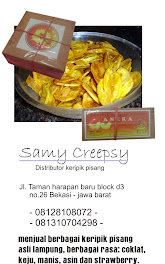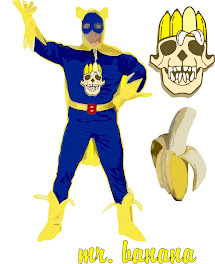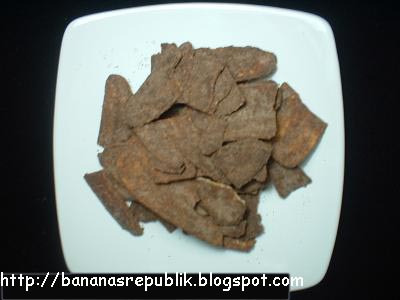
Most Americans would be surprised to know that the banana their ancestors came to know and love is not the same banana they purchase in the supermarket. The banana of yesterday was the Michel Gros (Big Mike) - a much tastier and larger variety than the Cavendish banana seen in American markets today.
Americans, who eat as many bananas as apples and oranges combined, have been enjoying the world’s most popular fruit since the late 1800’s when the United Fruit Company (known today as Chiquita) began clearing rain forests in Latin American, building railroads, opening communication networks and inventing refrigeration techniques to control ripening and get the banana to American households as quickly as possible.
In the early 1900’s the fungus called the Panama disease (also known as Fusarium Wilt) began to devastate banana plantations in Latin America (the 1923 musical hit “Yes, We Have No Bananas” was inspired by dwindling stock of Michel Gros bananas). By the 1960’s the Michel Gros banana had practically become extinct, it had disappeared from American markets and the banana industry was on the verge of bankruptcy. In a fit of desperation, growers turned to the Cavendish, a Vietnamese variety previously considered too small, less tasty and too easy to bruise for transport. However, the Cavandish was superior to the Michel Gros in one way - it was immune to the Panama disease and this inferior banana saved the entire industry.
Today, a new and more virulent strain of the Panama disease, called Tropical Race 4 (TR4), has begun to ravage the banana industry. It emerged in the Philippines in the 1990s and has spread to northern Australian and China. The Cavendish banana is not immune to TR4 and the fungus is expected to invade Latin American plantations in five to ten years.
Latin American producers appear to be slow in raising the red flag. Fernando Aguirre, CEO of the world’s largest banana producer Chiquita Brands International, says the threat is very low. “We believe it is a very limited threat and would take many, many years to spread even if it does move out of Asia,” he said. “We believe that it is very limited and we are doing all we can to pre-empt and prepare.”
Will the Cavendish banana eventually go the way of the Michel Gros? Only time will tell, but it will be interesting to see if a new, and hopefully tastier banana than the Cavendish, will dominate the American market in the future.




